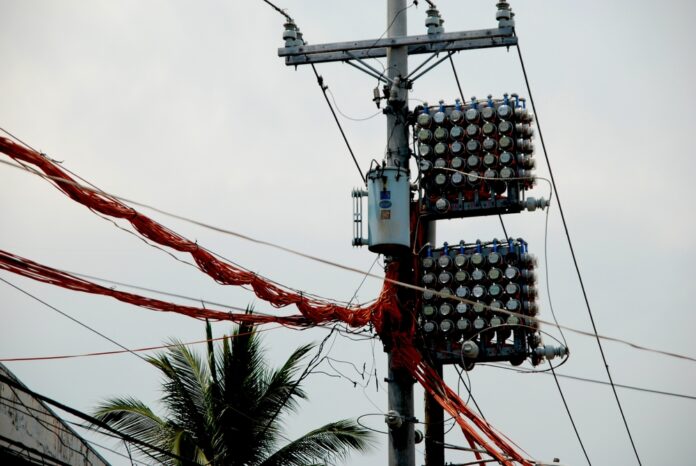The Department of Energy (DOE) has announced a major boost to the country’s power supply, with 6,841 megawatts (MW) of new capacity scheduled to come online this year. This surge includes a mix of solar, natural gas, wind, coal, and other energy sources, representing a significant step toward meeting the country’s growing energy demand. Additionally, the DOE expects 330 MW of battery energy storage capacity to be operational by 2025, further strengthening the nation’s energy resilience.
According to latest DOE data, the new capacity for 2025 breaks down as follows: 3,930 MW from solar, 1,320 MW from natural gas, 773 MW from wind, 500 MW from coal, and smaller contributions from hydro, geothermal, oil, and biomass. This expansion is particularly focused on Luzon, which will see 5,754 MW of new capacity, followed by 855 MW in the Visayas and 232 MW in Mindanao.
The new generation capacity is poised to play a crucial role in supporting the country’s economic growth by ensuring a stable and more reliable power supply. Energy demand in Luzon is forecast to hit 14,769 MW this year, up 5.4 percent from 2024, while Visayas and Mindanao are expected to see more significant jumps in demand, with increases of 16 percent and 8.2 percent, respectively. These increases are largely driven by the recovery from last year’s El Niño-induced energy shortages, which had a severe impact on the country’s power grid.
“While the situation is improving this year, we must remain vigilant,” said DOE Secretary Raphael Lotilla. “Though we’re in a better situation compared to 2024, we must remember that we are only as strong as our weakest link. Our archipelagic geography and diverse energy needs present ongoing challenges.”
The country’s energy future looks promising, with power demand growth expected to continue across all regions. By the end of October 2024, the Philippines’ total grid-connected power capacity stood at 29,697 MW, with coal accounting for the largest share at 43.3 percent. As more renewable and diverse energy sources are integrated into the grid, the DOE aims to enhance the country’s energy security and ensure sustainable growth.
Increased energy infrastructure, alongside the expanded use of storage technologies, will be critical in mitigating past vulnerabilities and securing a stable energy supply for industries, households, and the economy at large. As the Philippines continues to diversify its energy mix, the economic and environmental benefits are set to increase, paving the way for a more resilient future.







